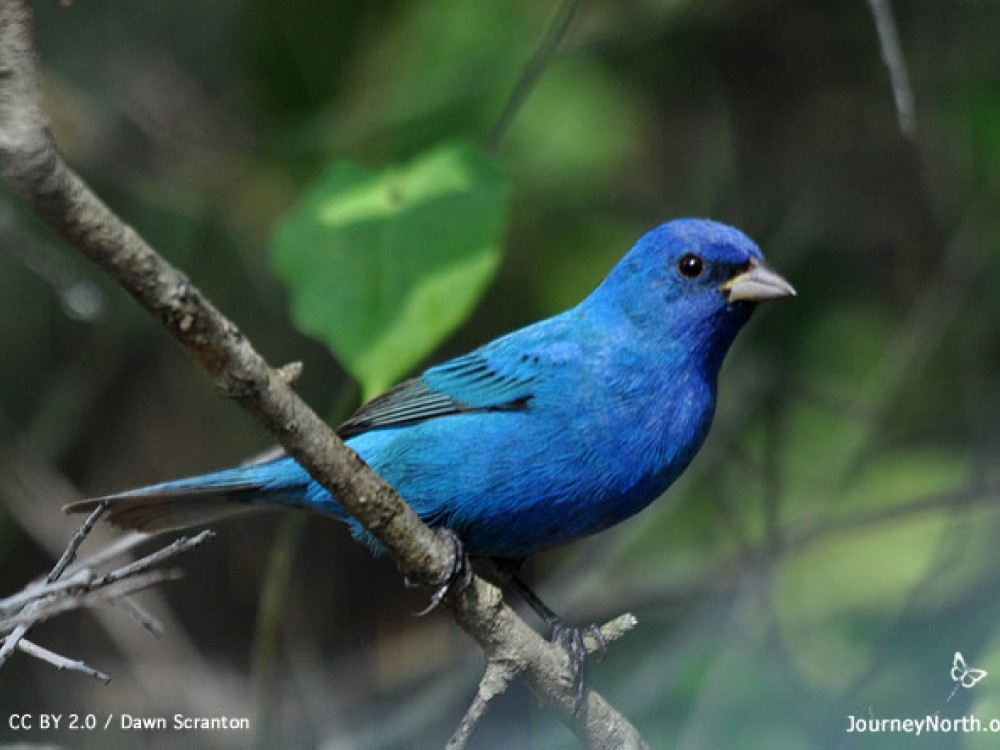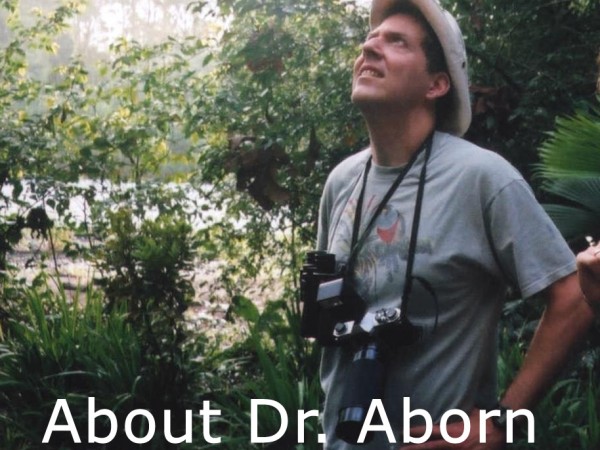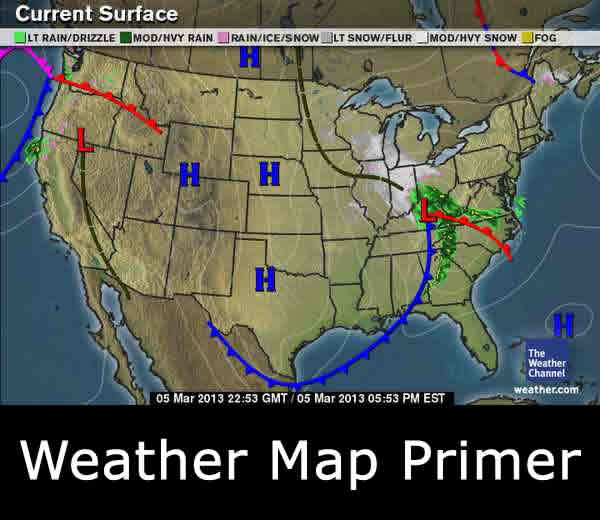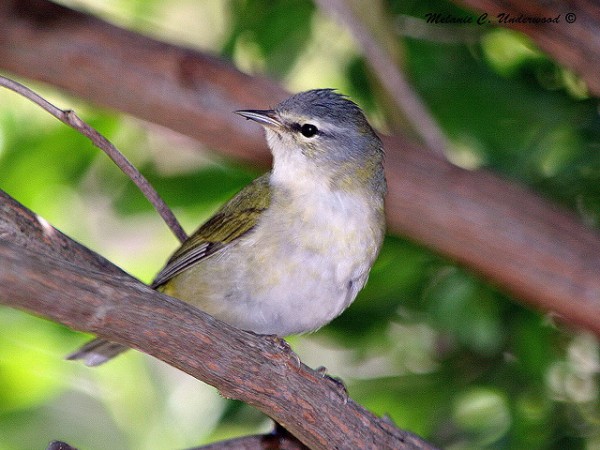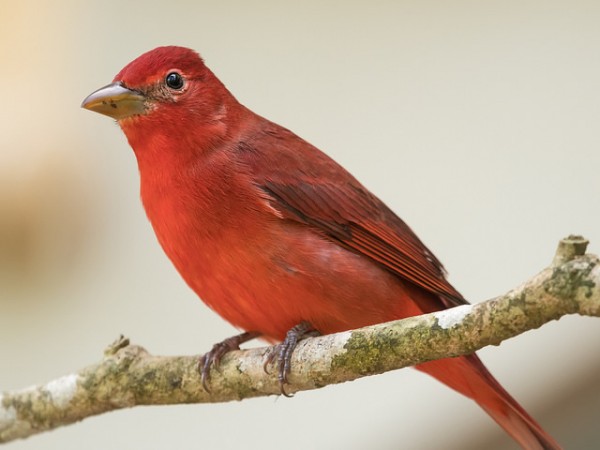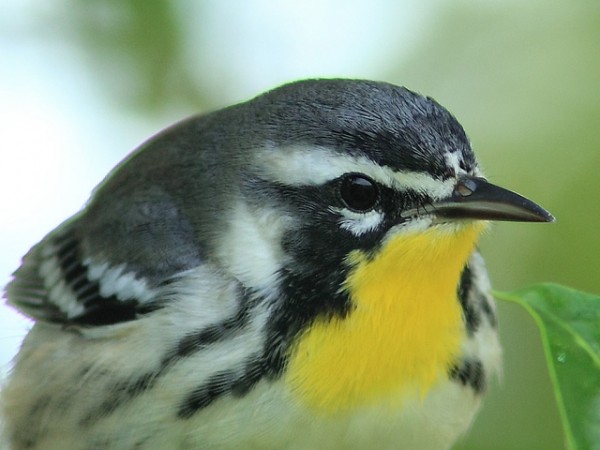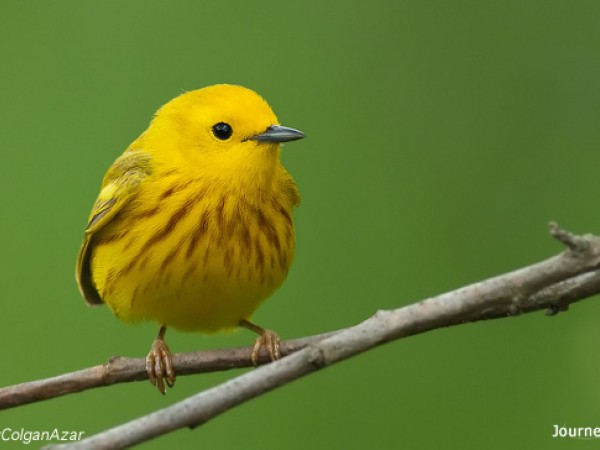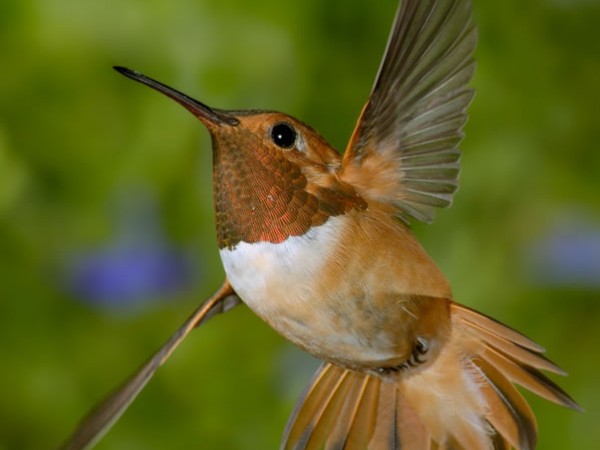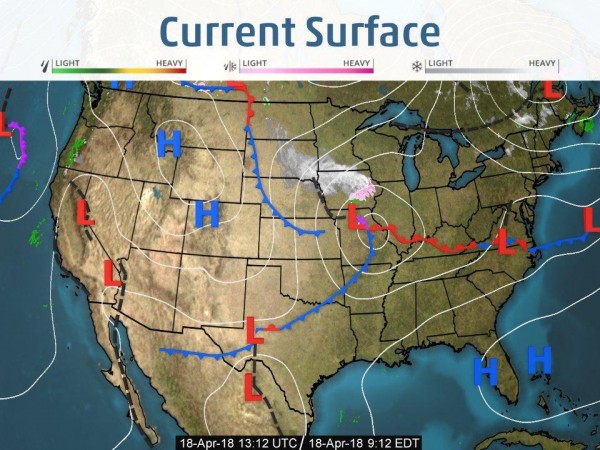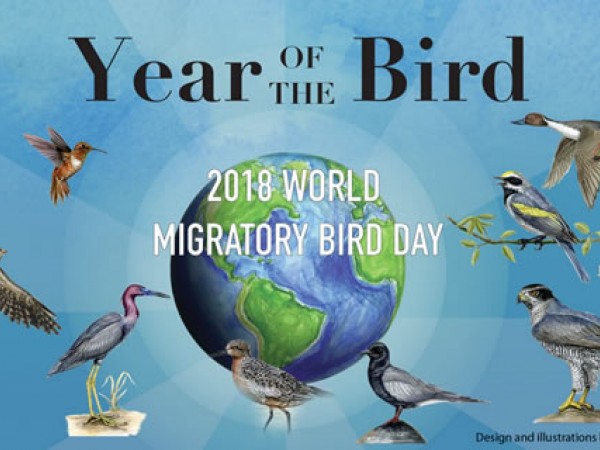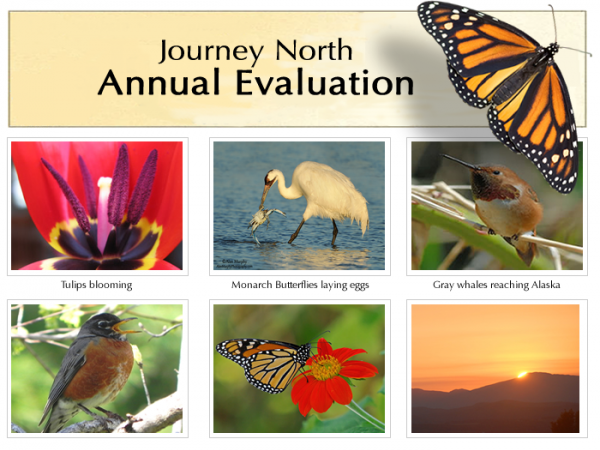Migration Heavy in Some Places, Sporadic in Others
Large numbers of migrating songbirds arrived on the Gulf, others progressed as far north as New York and Alaska.
Weather and Songbird Migration News: April 11, 2018
Dear Journey North,
Migration was very sporadic this week -- some places had a lot of activity, others not so much. This has been a weird spring in many ways! Last week I predicted that there might be another fallout because of the storm system that was moving across the country. Well, I was right and I was wrong!
Bunches of Buntings, Oodles of Orioles
There were places that did see a fallout, but others that had little activity. Louisiana and Alabama were the places that had fallouts, and like the previous fallout, it was composed of mostly Indigo Buntings and orioles, along with Scarlet Tanagers. One birder in Grand Isle, Louisiana recorded 150 Indigo Buntings and 130 Orchard Orioles! The first Swainson’s Thrushes and Tennessee Warblers of the spring were also seen.
By the beginning of the week, winds shifted to the south, which allowed birds to make some more progress north, with 12 different warbler species seen in Nashville, Tennessee, and Eastern Kingbirds and Rose-breasted Grosbeaks were seen in many places in the state. The most northerly reports I received in the Eastern U.S. were from New York, with the arrival of the first Summer Tanager and Yellow-throated Warbler.
Warblers in the West
Migration out west was more active and consistent. There was a big arrival of Vermillion Flycatchers, Yellow Warblers, and Wilson’s Warblers in Arizona and Western Kingbirds in California. Clear skies and south winds meant migrants could make a lot of progress, so Lucy’s Warblers showed up in Colorado, Violet-green Swallows arrived in Montana, Swainson’s Thrushes were seen in Washington, and more Rufus Hummingbirds arrived in Alaska!
What to Expect
How is this week looking? You are experienced weather map readers by now, so you should be able to figure it out. You can see there is high pressure off the southeast coast, which is bringing southerly winds, so there should be more arrivals in the southern U.S. for a couple more days.
Over Virginia and Kentucky, you see a front that is both blue and red, which means it is stalled, with southerly winds south of it and northerly winds above it. That means that those migrants in the south won’t be able to get much farther than that line. There is another storm system in the Midwest that has strong north winds behind it that will shut down migration by the end of the week and probably through the weekend.
Out west, conditions are pretty good; skies are clear and winds are southerly, so there should be a steady stream of migrants continuing to move through. There is low pressure along the coast, but it doesn’t seem to have much rain with it, so I don’t think it will affect the birds too much.
Year of the Bird: Where Do They Go? Geolocators Know!
How do we know where birds go when they migrate in the fall? This has been a big mystery for thousands of years. The ancient Greeks used to think that swallows hibernated at the bottom of ponds and lakes! Some people used to believe that small birds would ride on the backs of larger birds.
Today we have technology to help us out. One of the big limitations for studying songbirds is their size; most devices that can record locations or send a signal are too heavy for songbirds to carry. Now, however, we have devices called geolocators, which are small enough to put on birds as small as warblers. These units are giving us a lot of new information about where some of these birds go and how they get there. Cerulean Warblers have been found to winter in northern and central Columbia, and Louisiana Waterthrushes are wintering in Guatemala. By knowing this information, we can then work with those countries to protect the habitats these birds need during the winter.
One of the most interesting projects involves putting geolocators on Prothonotary Warblers. Some of those birds fly to Central America and spend several weeks there, then fly to the Caribbean and spend time there, and finally fly to South America until it is time to go north again! We definitely have a lot to learn about migration!
Take care,
David Aborn, Ornithologist
North Chickamauga Creek Conservancy
Chattanooga, TN

